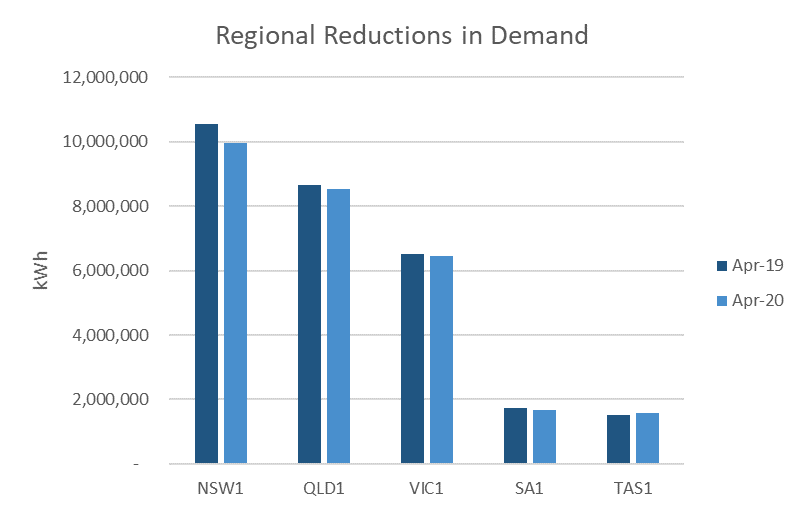Utilidex’s Trading Product Manager gives his views on what to expect and tools that will help manage the ever-changing situation.
As many of us have been hearing, decreased demand and falling energy prices have materially impacted energy costs for consumers on flexible procurement contracts. As the economy begins to re-open, businesses will need to re-work their previous budgets – a complex and time-consuming task. This complexity will be compounded by the need for frequent modification as forecasted scenarios change.
To generate an accurate budget, a business will need to forecast its demand, account for traded and un-hedged volume, understand its weighted average traded price as well as current market prices, and include environmental and non-commodity costs.
Each of the steps to generate a budget will contain challenges: businesses will not have a similar period to base energy forecasts, traded positions will need to be marked against the current market given the potential need for selling back at a loss, and there will be changes to the non-commodity cost estimates and new network prices coming into effect at the beginning of July.
After a budget is created, finance managers and traders will need to update their assumptions, and large consumers with complex portfolios will experience many differing scenarios. It is expected that some offices/buildings will return to full capacity quickly, while others may remain partially empty for an extended period.
The below chart examines the change in energy demand by region from April 2019 to April 2020.

The chart shows all regions except Tasmania have reduced their energy consumption. The chart does not account for the shift from industrial demand to residential. The regional differences in demand reductions paired with the shift away from industrial demand add a further complexity to the budgeting process.
Large consumers will need to model each of their sites to understand how their demand has decreased and how it will increase with the easing of lockdown. Given the potential for additional regional lockdowns, multiple scenarios will need to be generated – applying a percentage increase in cost or even consumption will not yield an accurate budget.
Along with the need to create budgets, managers must also track and benchmark their portfolio against the budget. To track performance, they must calculate costs and consumption at the most granular level – another challenging and time-consuming task. As additional data becomes available, budgets will need to be updated again and a new performance analysis conducted.
Logical energy budgets will be critical for large businesses looking to forecast their cash-flow and income statements when re-opening. Digital data solutions can considerably assist energy managers to create and track budgets in a time-efficient manner.
When a crisis hits like COVID-19, we are vulnerable and desperate for fast action and quick solutions, which makes it necessary for businesses to consider risk management and compliance issues more than usual.
The total Australian COVID-19 cases to date is 9,188 of which 1,642 are active and 100 deaths. All States except Victoria are easing lockdowns but the message is no one should understate how significant, how big a challenge we still face. Only last week, Victorians faced another harder and wider lockdown as the State’s virus outbreak gained 288 new cases in one day.
In summary, the Utilidex Energy.Hub allows users minutely to:
- forecast demand,
- analyse their positions and trading performance,
- manage non-commodity costs to help them create and automatically track budgets.
For further information on Utilidex and our products, contact [email protected]



